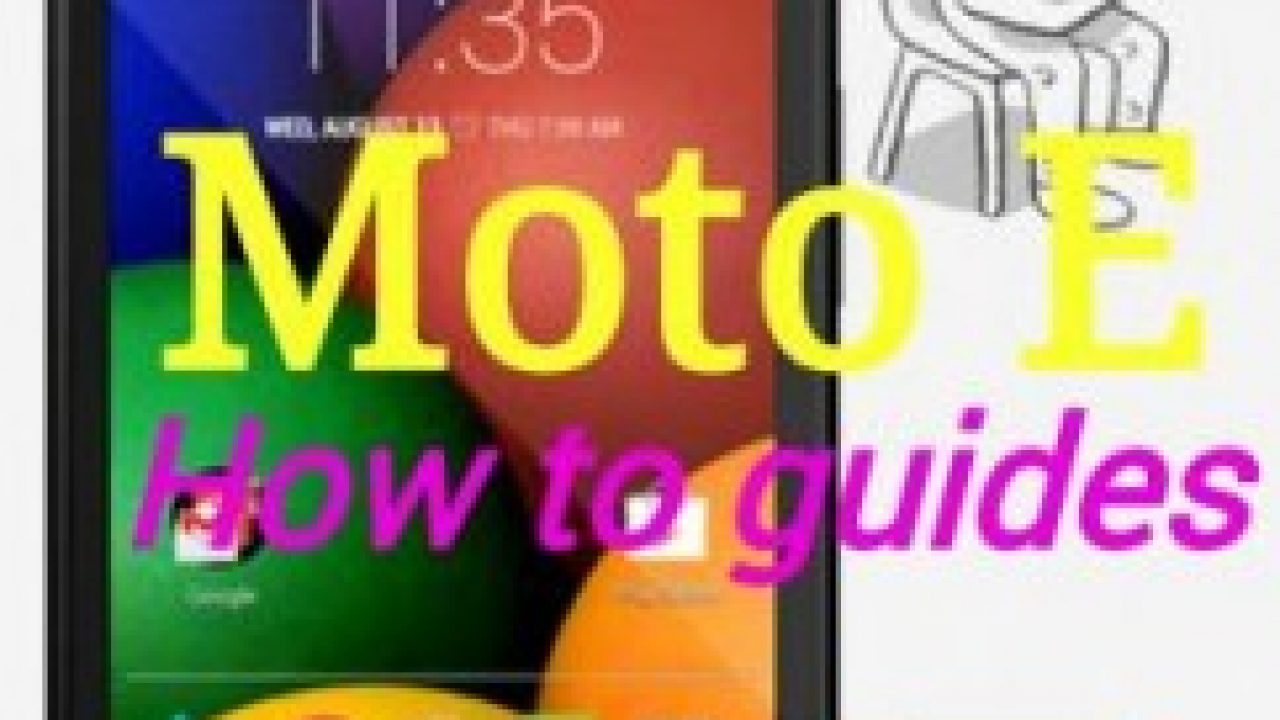
The trademark Motorola "dimple" is present on the upper part of the device's back, though it's far more pronounced and less a natural part of the design than it was on the first-gen model. With all of the materials, the new Moto X's back is gently sloped, making the phone feel thin and manageable. The new Moto X is made out of three different materials: (from left to right) leather, wood and plastic. It's an interesting and distinctive texture to have on a phone, though I am a bit worried about how it'll wear over time I can already see small scuffs and dings on the review unit I have in front of me.
#MOTO X SPEAK PASSWORD ANDROID#
The leather is perhaps the most unusual of the materials - and to be clear, we're talking genuine leather here, not the tacky faux-leather plastic popularized by a certain other Android manufacturer.

The wood, meanwhile, is elegant, unique and just plain cool - and it actually works better with this new design than it did with the original, thanks largely to the presence of the new metal frame. The plastic backing is the same soft-touch material used on the original Moto X it feels great and comes in a variety of color choices. I've had a chance to check out the new Moto X in all three of its available materials, and each configuration is appealing in its own way. That level of choice and customization is a clever option you won't find for any other smartphone. You can also pick a white or black front for the phone and select from 10 accent colors for the device's trim. It's a welcome addition that goes a long way in elevating the phone's appearance.īeyond that, the device's look and feel is largely up to you: With Motorola's online Moto Maker customization tool, you can create a Moto X with your choice of plastic backs, real wood backs or real leather backs (the latter two will add an extra $25 to the phone's cost). That eliminates the awkward seam seen on the original model it also makes for a more premium and sophisticated vibe. The second-gen Moto X sports a new metal frame that separates the display from the back panel. As is typical with AMOLED screens, contrast and saturation are especially high and blacks are satisfyingly deep, though whites are slightly less pure than what you'd see on a comparable LCD display. The new Moto X's 1080p, 423ppi display looks fantastic both indoors and out: Colors are bold and brilliant, images are crisp and text is easy to read. display while the HTC One (M8) has a 5-in. For comparison, the Galaxy S5 has a 5.1-in. AMOLED display, which provides an impressive amount of screen real estate for a device of its class.

The main reason for the size increase, of course, is to allow for a larger screen. heavier than its predecessor despite being nearly half an inch taller and a third of an inch wider it's also lighter than both the Galaxy S5 and the HTC One (M8). in depth, depending where on the device you measure) it's reasonably sized for a modern flagship, and is relatively light and comfortable to hold. So setting aside the inevitable first-gen comparisons, the new Moto X is quite a nice device in terms of its form. In fact, the phone is a hair narrower than Samsung's Galaxy S5 and significantly smaller than the HTC One (M8). While the new model seems large compared to that standard, it's much more in line with the majority of high-end devices on the market today.

It's all relative, though: Remember, the original Moto X was unusually small for a flagship Android phone. The new Moto X (left) next to the original (right). As someone who loved the ergonomic nature of the original Moto X, I can't help but be slightly disappointed by that change. Motorola gave in and jumped on the bigger-must-be-better bandwagon this go-round, and the phone consequently doesn't fit into your hand as naturally or comfortably as its predecessor. No two ways about it: Compared to last year's model, the new Moto X is decidedly big. At the same time, however, it feels like a very different device - and much of that comes from its size. The new Moto X presents an interesting duality: In many ways, the phone seems pleasingly familiar, as it retains most of the qualities that made the first-generation model so special. I've been living with the phone for much of this month to see what it's like to use in the real world - and whether it's worth the cash. The new Moto X will go on sale sometime in September for $99 on contract from AT&T and Verizon or $500 unlocked from Motorola.


 0 kommentar(er)
0 kommentar(er)
